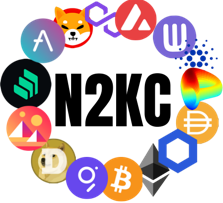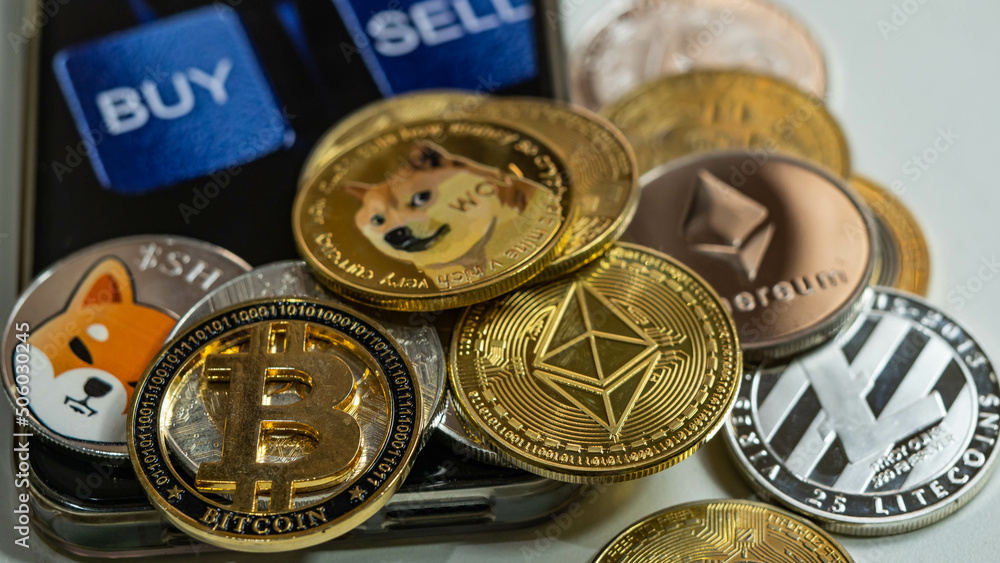
Introduction
Most people today spend and save money using traditional methods like cash, credit, or debit. Cash is becoming less important, while credit and debit make up most of our spending. Cryptocurrency, or “crypto,” is often talked about, but it plays a very small role in everyday purchases. This isn’t by accident – the very name “crypto” reflects how mysterious and confusing the technology feels to most people.
Traditional Spending Habits
When we think about how we spend money, it’s mostly through credit or debit cards. Cash use is dropping and now makes up only 16% of transactions. In contrast, electronic payments account for about 60-70%. This means we rarely see physical money anymore when we pay for gas, groceries, or coffee.
The Place of Cryptocurrency in Spending
Despite all the hype, crypto is rarely used for regular purchases. Why? Most stores and businesses don’t accept it. Instead, people see crypto as an investment or something to hold onto in hopes its value increases. It’s not surprising – there aren’t many chances to pay with crypto when buying everyday goods. But the bigger reason is in the name itself – “crypto” feels hidden and difficult to grasp, making people hesitant to use it. In fact, in 2022, cryptocurrency made up just 0.19% of e-commerce transactions globally.
Why Cryptocurrency Remains “Cryptic”
Crypto feels mysterious and hard to understand for most people. If you know anything about it, it probably seems risky or confusing. This is similar to how credit cards were when they first appeared in the 1950s. Back then, people didn’t understand them, and very few used them. It took decades for credit cards to catch on. The name “crypto” emphasizes this hidden, secretive nature, reinforcing the perception that it’s complex and inaccessible.
Factors Slowing Crypto Adoption
Several things keep crypto from becoming popular for daily spending:
-
- Confusion – It’s complex, and most people don’t know how it works.
-
- Trust – People are unsure if it’s safe or stable.
-
- No Central Push – Unlike credit cards, there’s no big company promoting crypto use. Credit card companies advertised heavily to get people on board. Crypto, being decentralized, doesn’t have that kind of backing.
These factors all contribute to the “cryptic” feeling around crypto, reinforcing its reputation as something for tech-savvy investors rather than the everyday consumer.
Building Trust and Understanding
For crypto to become more common, people need to understand it better. Education is key. The more people learn about crypto, the less intimidating it becomes. Here at N2KC, we aim to break down the complexity and help people make sense of this evolving space. By addressing the “cryptic” nature of crypto head-on, we can help bridge the gap between mystery and usability.
The Path to Mainstream Adoption
Think of crypto today like credit cards were decades ago. At first, using a credit card seemed strange, but over time, people got comfortable with it. Crypto could follow a similar path, but it will take time, education, and maybe even marketing campaigns. The name “crypto” may continue to highlight its complexity, but with effort, it can shift from something cryptic to something common. Ownership of crypto is already rising, with 40% of American adults now holding some form of it.
Conclusion
Crypto’s mysterious nature is both its charm and its biggest obstacle. The journey from confusing to commonplace is long, but not impossible. With education and trust, crypto could become a bigger part of our financial lives. Until then, it remains the frontier of modern finance – and the name “crypto” will continue to perfectly reflect its enigmatic status.




